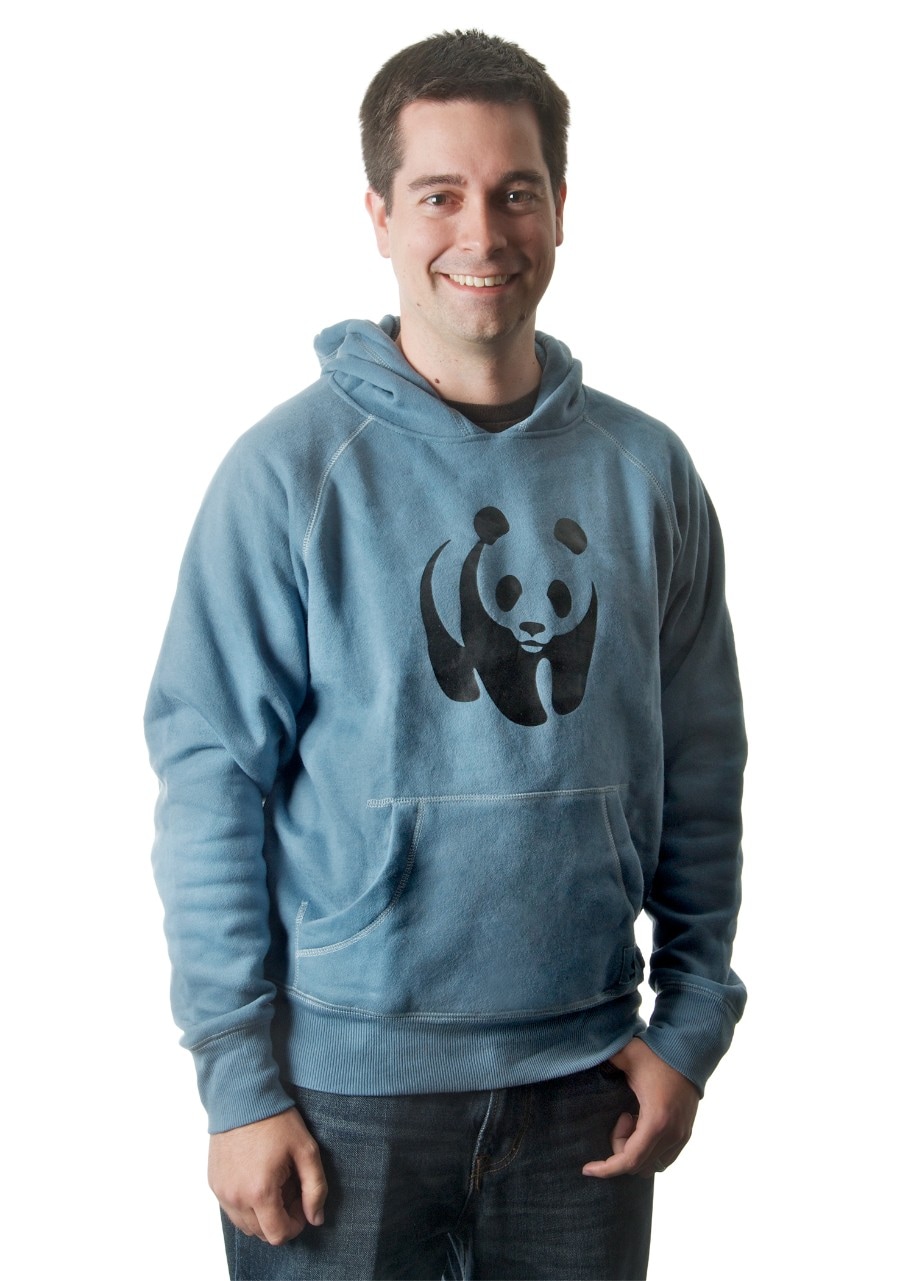Can a lifetime donor model improve the lives of species around the world?
The population sizes of mammals, birds, fish, amphibians and reptiles have seen an alarming average drop of 68% since 1970. As humanity’s footprint expands, nature and wildlife suffer. World Wildlife Fund (WWF)’s mission is to build a future in which people live in harmony with nature.
Founded in 1961, WWF is a public charity dedicated to conservation. It focuses on six key areas: forests, marine, freshwater, wildlife, food and climate, seeking to protect and restore species and their habitats worldwide. For more than six decades, WWF has worked to sustain the natural world for the benefit of people and wildlife, collaborating with local and global partners in nearly 100 countries.
During the last few years, the organization has been taking a closer look at how to use its channels to ensure its donor base stays active, aware and engaged. To do this, WWF must understand what types of donors it has, what channels donors are likely to use and how long they are likely to remain donors.
The charity needed to understand the implications that the donor life cycle would have long term. To do this, donor lifetime value models were created to predict each donor’s future giving, allowing WWF to determine better when and how to reach out to a particular individual.
“Once we began putting together model data and understanding people have their unique transaction and communication histories with us, we were able to predict who’s going to respond to different types of offers,” says Mac Mirabile, Senior Director of Analytics at WWF.
One of the things the nonprofit has seen since integrating lifetime value models is the quality of the donor information on file. The donor’s capacity to grow their giving has increased significantly. Originally, the organization focused on how many members were on file, but this wasn’t the most meaningful data point to consider. WWF began targeting people who are less likely to respond to particular outbound communications, but when they do, they give much more. And because these individuals give more, they tend to be more loyal to the organization and more likely to upgrade.


